25 tips to help you transform from a gardening 'novice' to a gardening 'experienced driver'!

Primary Gardening
Getting Started
Farewell to the Gardening Novice
25 Tips
Translation: Yuting (USA) who loves to make pots
Chen Qiongling (center)
All things are difficult at the beginning, including growing flowers. If you don’t know where to start, then start with these 25 tips and say goodbye to being a gardening novice.
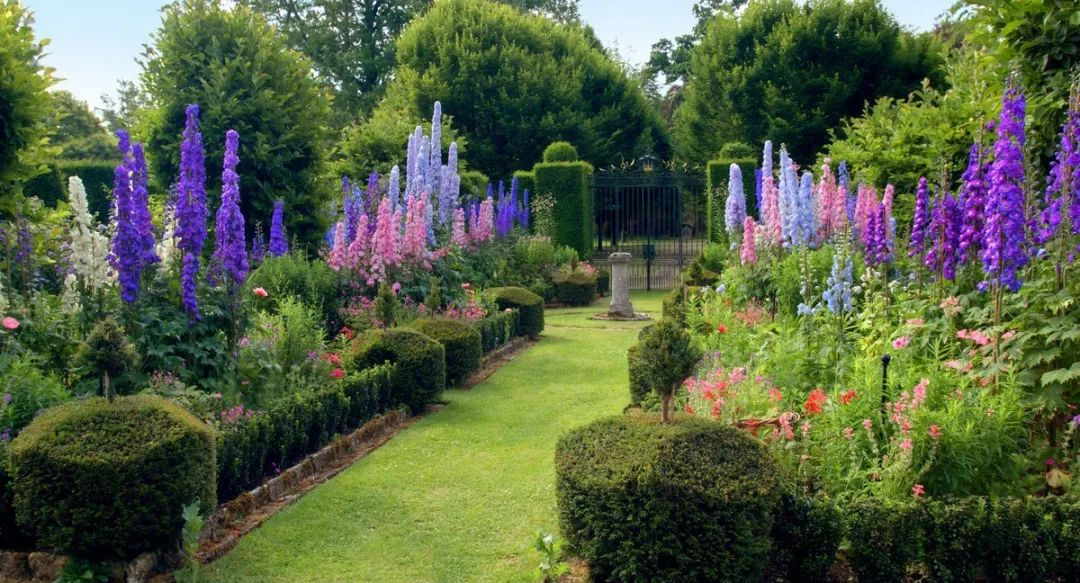
♡ ♡ ♡
Read the guide
The American Chinese translation is provided by Josie (Yuting from Aizupen, Station B: Qimiao Xiaofangfang ), who is from the United States but speaks Chinese better than 99% of Americans.
The translation of Chinese beautiful articles comes from Chen Qiongling, a Chinese beauty whose English is also excellent, and can be used for comparison and supplement.
The original English text comes from BH&G Garden Editors. In fact, this is a Chinese-English reading comprehension
 ~
~

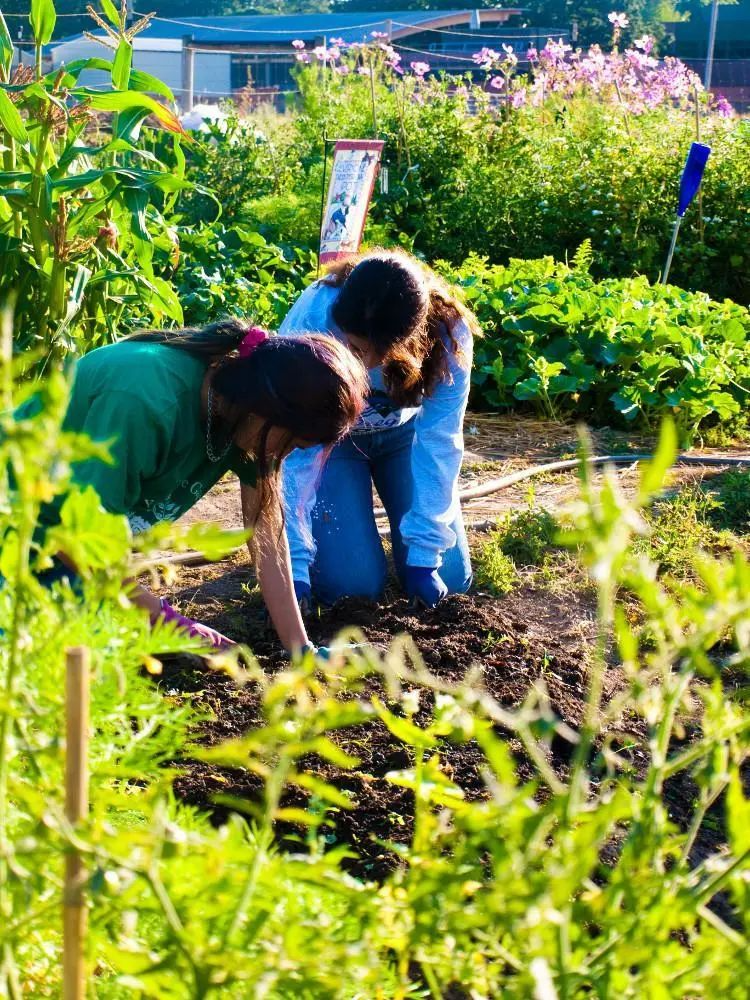
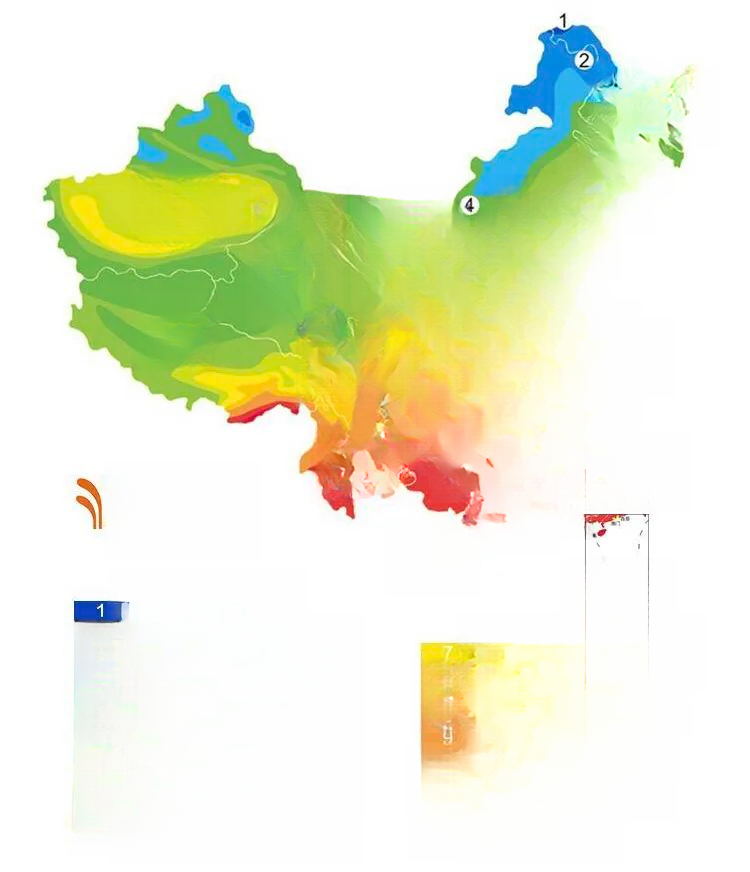
hardiness zone
Hardiness Zone
1. Cold-tolerant zone (see the picture above)
Josie Yuting : Know your USDA (United States Department of Agriculture) hardiness zone. You can use it as a guide for planting trees, shrubs and perennials. Plus, you'll have a better idea of when to plant vegetables and fruits where you live.
Qiong Ling : Determine your hardiness zone. Using your hardiness zone as a guide, you will know which trees, shrubs, and perennials you cannot plant in your area. And it will give you a clear idea of when you can plant vegetables and fruit trees in your area.
原文:Know your USDA Hardiness Zone. Use it as a guide so you don't plant trees, shrubs, and perennials that won't survive conditions in your area. You'll also get a better idea of when to plant vegetables and fruits in your area.
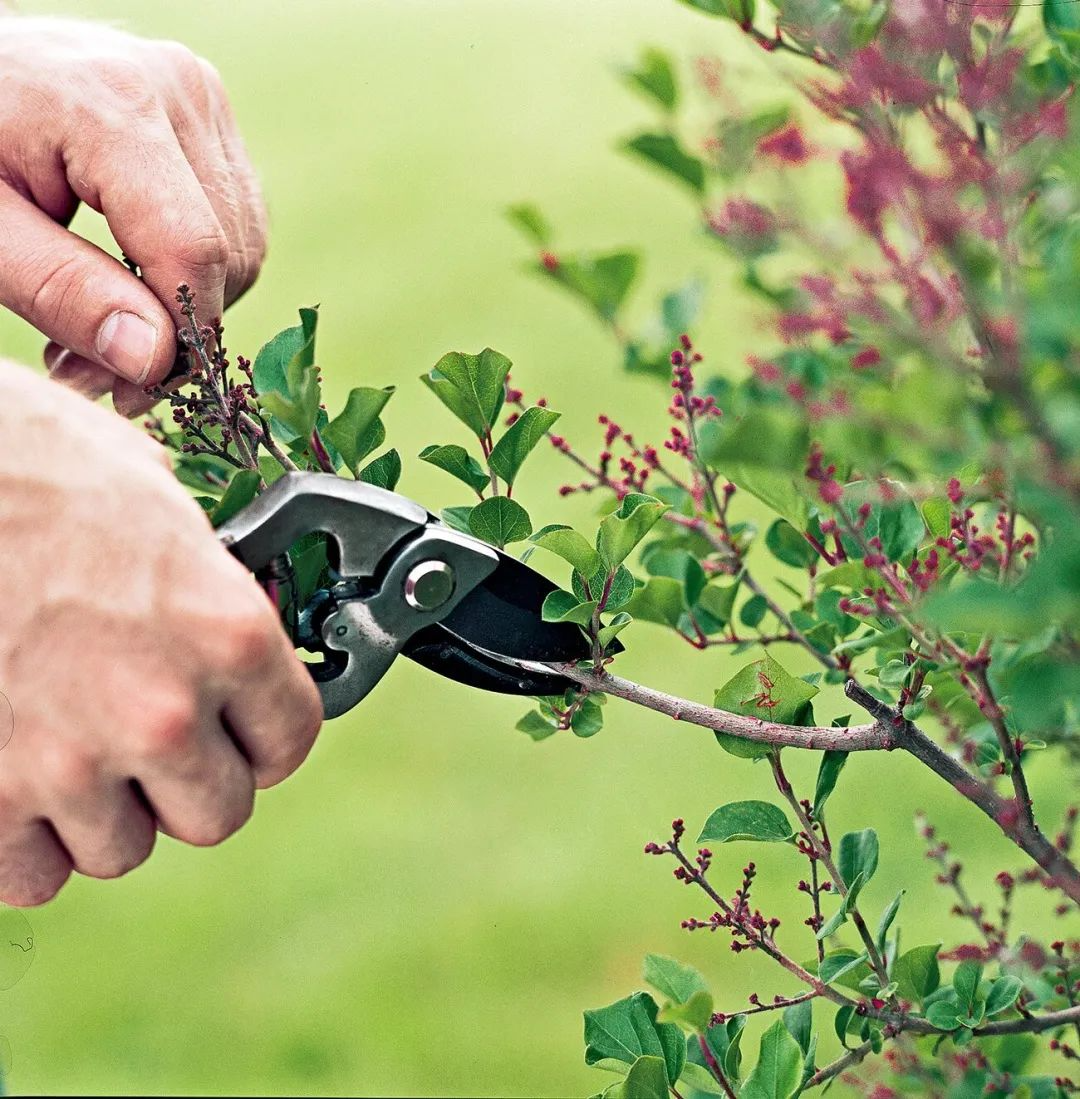
2. Pruning
Josie Yuting : Don't you know when to prune? Shrubs that bloom in spring, such as lilac and large-flowered climbing roses, need to be pruned after they bloom. This is because they have flower buds on old branches in autumn. If you prune them in autumn and winter, there will be no flower buds for the next season.
Not sure when to prune? Prune spring-flowering shrubs, such as lilacs and large climbing roses, right after they bloom. They all produce their flower buds in the fall, and if you prune them in the fall or winter, you're also cutting off next year's flower buds.
原文:Not sure when to prune? Prune spring-flowering shrubs, such as lilacs, and large-flower climbing roses immediately after the blooms fade. They set their flower buds in autumn on last year's growth. If you prune them in fall or winter, you remove next spring's flower buds.
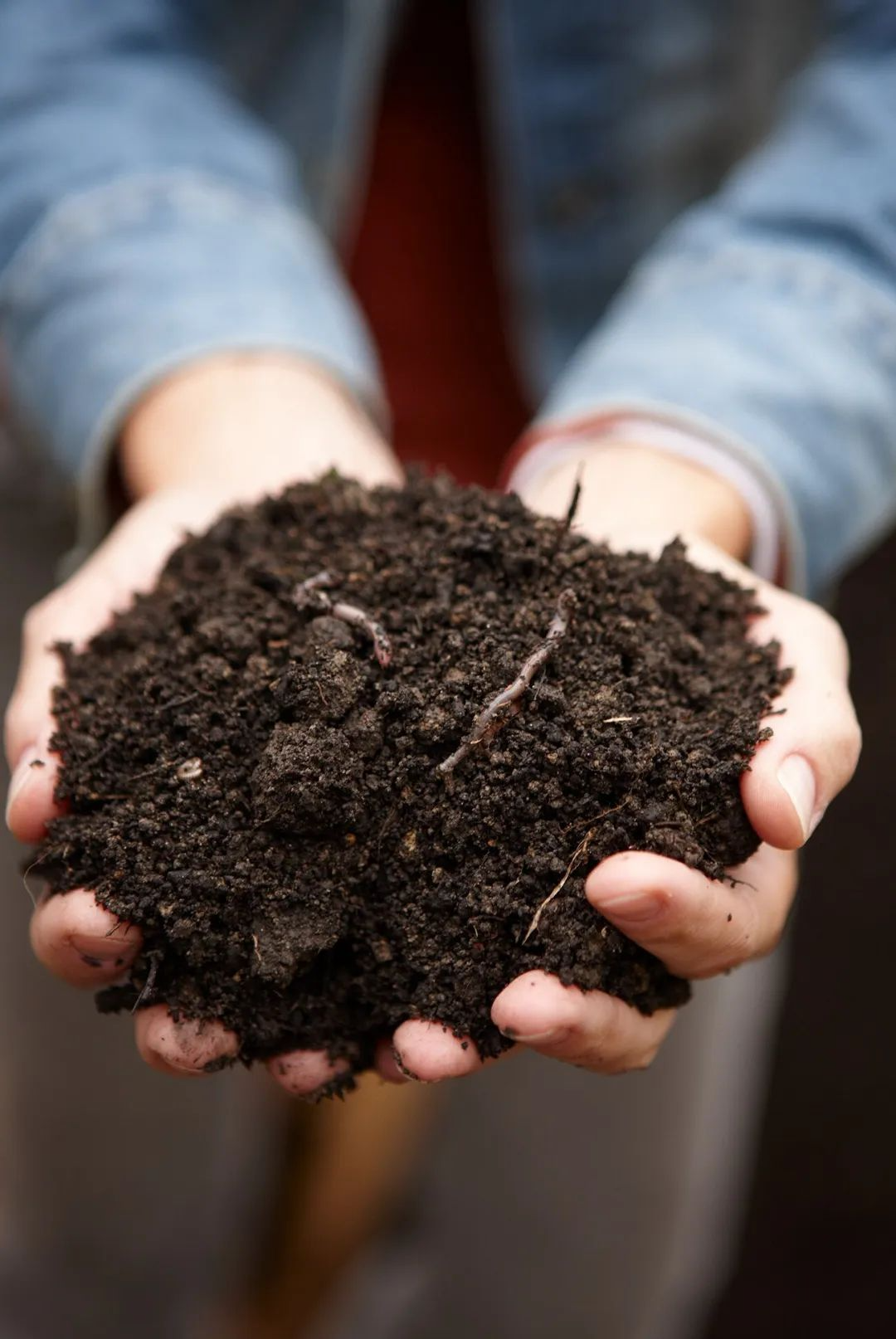
3. Compost
Josie Yuting : Use compost that is six months old in the garden. Younger compost has too much nitrogen, which can "burn" your plants. It can also contain pathogens or parasites. Do not use manure from pigs, dogs, and cats in the garden because it may contain parasites that can infect humans.
Qiong Ling : Only apply compost or well-rotted animal manure to your soil that is at least six months old. Fresh manure is high in nitrogen and can "burn" plants; it can also contain pathogens and parasites. Pig, dog, or cat manure should never be used directly in the garden or compost pile because it may contain parasites that are harmful to humans (can infect humans).
原文:Apply only composted, rotted manure that has cured for at least six months to your soil. Fresh manure is too high in nitrogen and can 'burn' plants; it may also contain pathogens or parasites. Manure from pigs, dogs, and cats should never be used in gardens or compost piles because they may contain parasites that can infect humans.
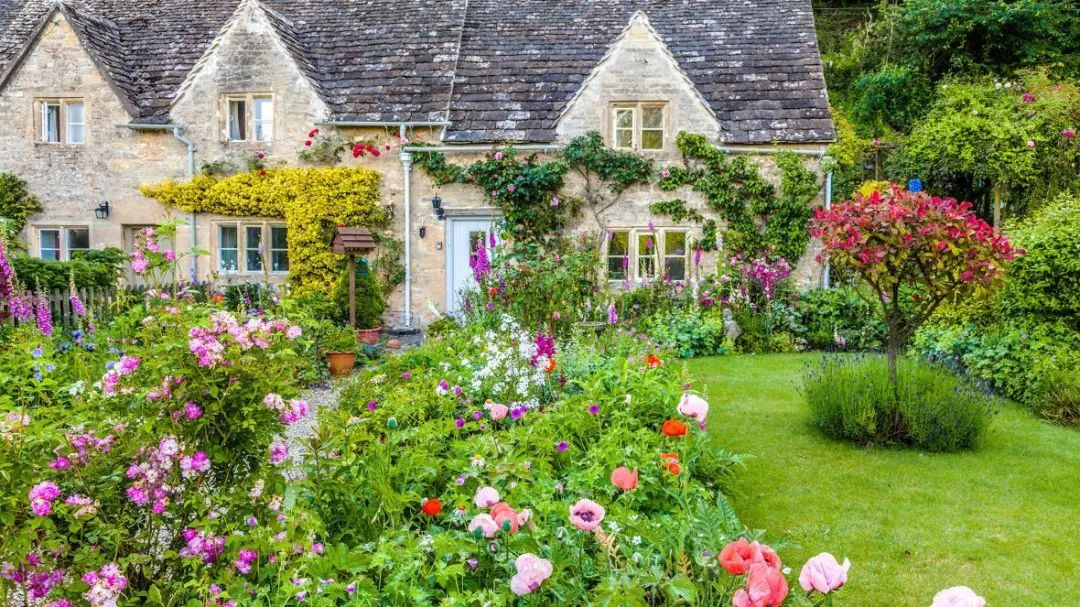
4. Perennial roots
Josie Yuting : Perennials usually take three years to reach maturity. You have to remember this proverb: the first year it sleeps, the second year it crawls, and the third year it jumps.
Qiong Ling : Perennial plants generally need three years to mature. Remember, their three-year cycle is to sleep, crawl, and jump.
原文: Perennials generally need three years to achieve mature growth. Remember the adage that they 'sleep, creep, and leap' over the three-year period.
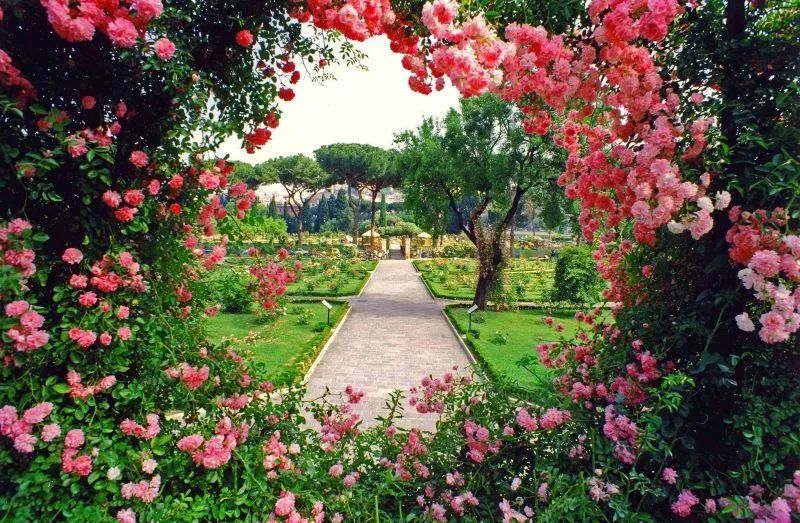
5. Growth cycle
Josie Yuting : Plant growth cycles are important to learn - to avoid the last frosts in spring and the first frosts in fall, you can start seeds indoors, or wait.
Qiong Ling : Know how long the growing season is—the last frost in the spring and the first frost in the fall—so you can plant during that time or avoid planting plants.
原文: Learn how long your growing season is—your last frost in spring and first frost in fall—so you can start some plants inside or avoid growing them.
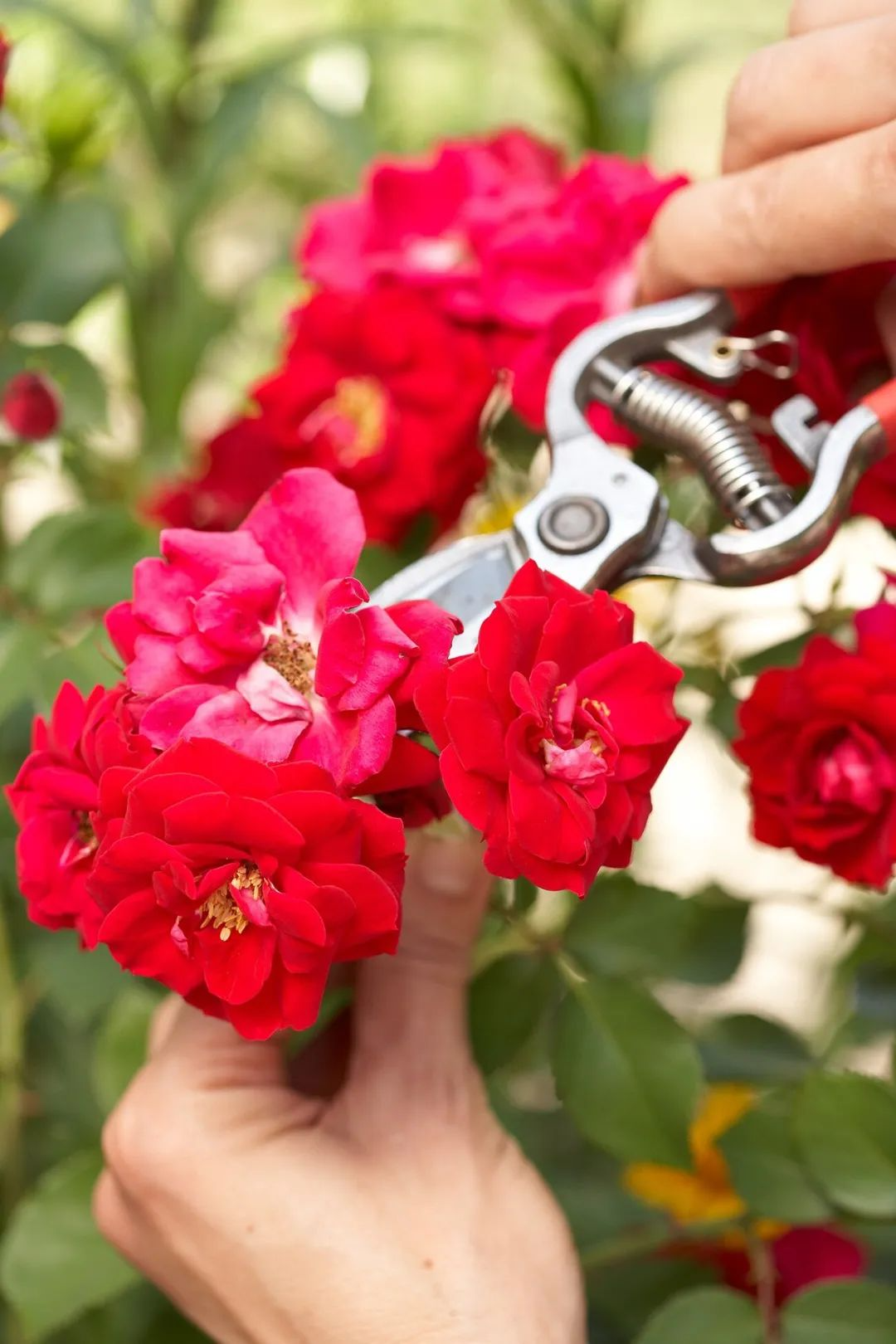
6. Remove the remaining flowers
Josie Yuting : Removing spent flowers is a necessary operation for perennials and annuals. Because the goal of annuals is to bloom, produce seeds, and die, removing spent flowers will help them produce more flowers. Removing spent flowers will also encourage the plant to release energy in the roots and leaves instead of producing seeds. If the goal is fruit or capsules, such as silver fan leaf (Lunaria, money plant), do not remove spent flowers.
Qiong Ling : Topping is a good choice for perennials and annual or biennial plants. The life of annual or biennial plants is to bloom, set seeds and finally die. Removing dead flowers is to make them bloom more flowers. Removing dead flowers is also to stimulate the plant to use nutrients to strengthen roots and leaves instead of setting seeds, to prevent them from growing fruits or seed pods.
原文:Deadheading is a good practice for perennials and annuals. Because the goal of annual plants is to flower, set seed, and die, removing the old blooms tells annual plants to produce more flowers. Removing spent flowers also encourages plants to place energies into stronger leaves and roots instead of seed production. Avoid deadheading plants grown especially for their fruits or pods, such as money plant (Lunaria).
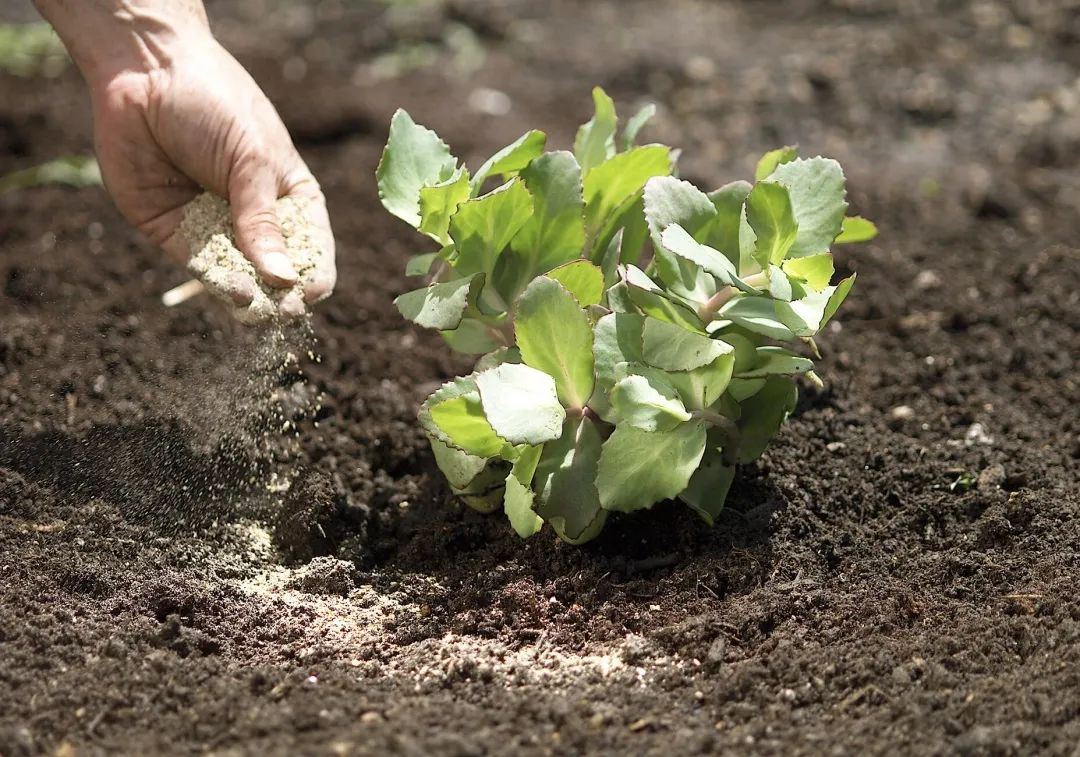
7. Sunshine
Josie Yuting : How much sunlight do plants need? Vegetables need eight hours of strong sunlight a day. For this reason, most vegetables need full sun. If you don't get enough sunlight, plant cool-season crops such as lettuce, spinach, radish and cabbage.
Qiong Ling : How much light do plants need? You need at least 8 hours of direct sunlight a day to grow vegetables in one place. Most vegetables need full sunlight to grow well. If there is some shade, you can try to grow some cool-season crops such as lettuce, spinach, radish and cabbage.
原文:How much light do plants need? Grow vegetables in a location that gets at least 8 hours of direct sunlight every day. Most vegetables need full sun to perform well. If you have some shade, try growing cool-season crops such as lettuce, spinach, radishes, and cabbage.
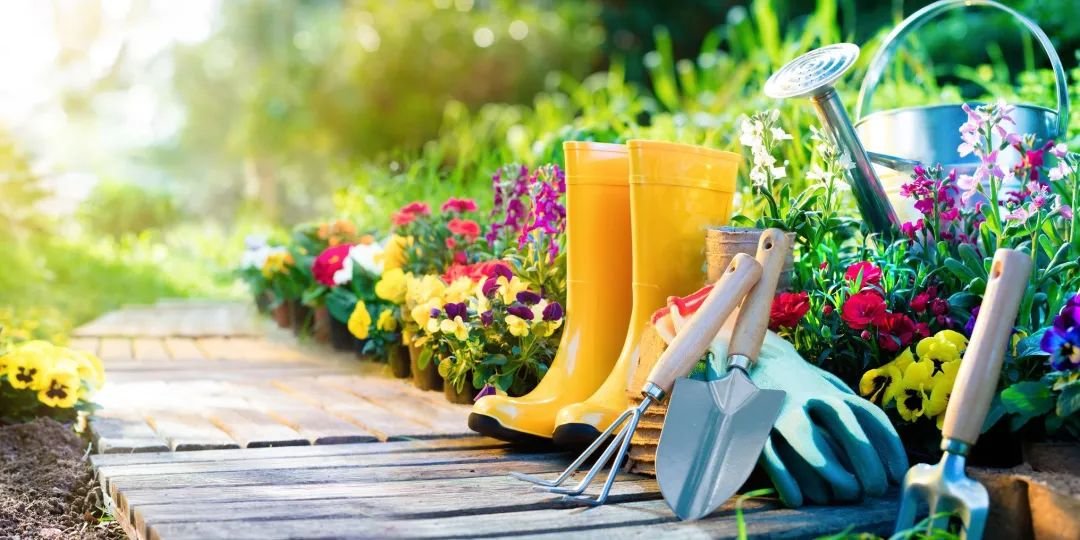
8. Weeds
Josie Yuting : When it comes to controlling weeds in the garden, the best way is to pull and weed by hand. Avoid weeding too deep, as this will cause weeds to seed above. Weed early so they don't produce seeds. Or use a repellent mulch.
Qiong Ling : The best way to control weeds in the garden is to weed by hand and with a hoe. Avoid deep weeding, which can bring weed seeds to the surface. Weed early and often so weeds are less likely to set seed. You can also use mulch to suppress or control annual or biennial weeds.
原文:The best approaches to controlling weeds in the garden are hand-weeding and hoeing. Avoid deep hoeing or cultivating that can bring weed seeds to the soil's surface. Weed early and often so weeds don't go to seed. Use mulch to smother and prevent annual weeds.
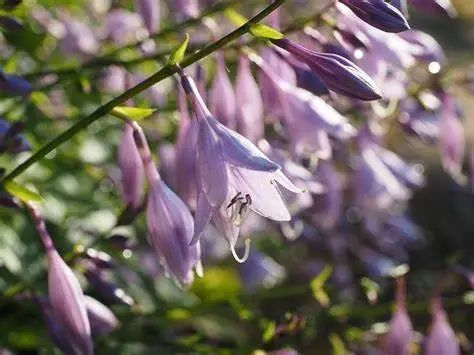
9. Hosta
Josie Yuting : Hosta does not need to be divided unless you want to rejuvenate an old plant and increase the number of hostas. Unless you prefer a single hosta plant, then you can divide it.
Qiong Ling : Hostas do not need to be divided unless you want to give them a new lease of life or want to increase their number, or simply because you like the look of a single plant.
原文:Hostas don't need to be divided unless you want to rejuvenate an old plant or increase the numbers you have, or because you simply prefer the look of single plants.
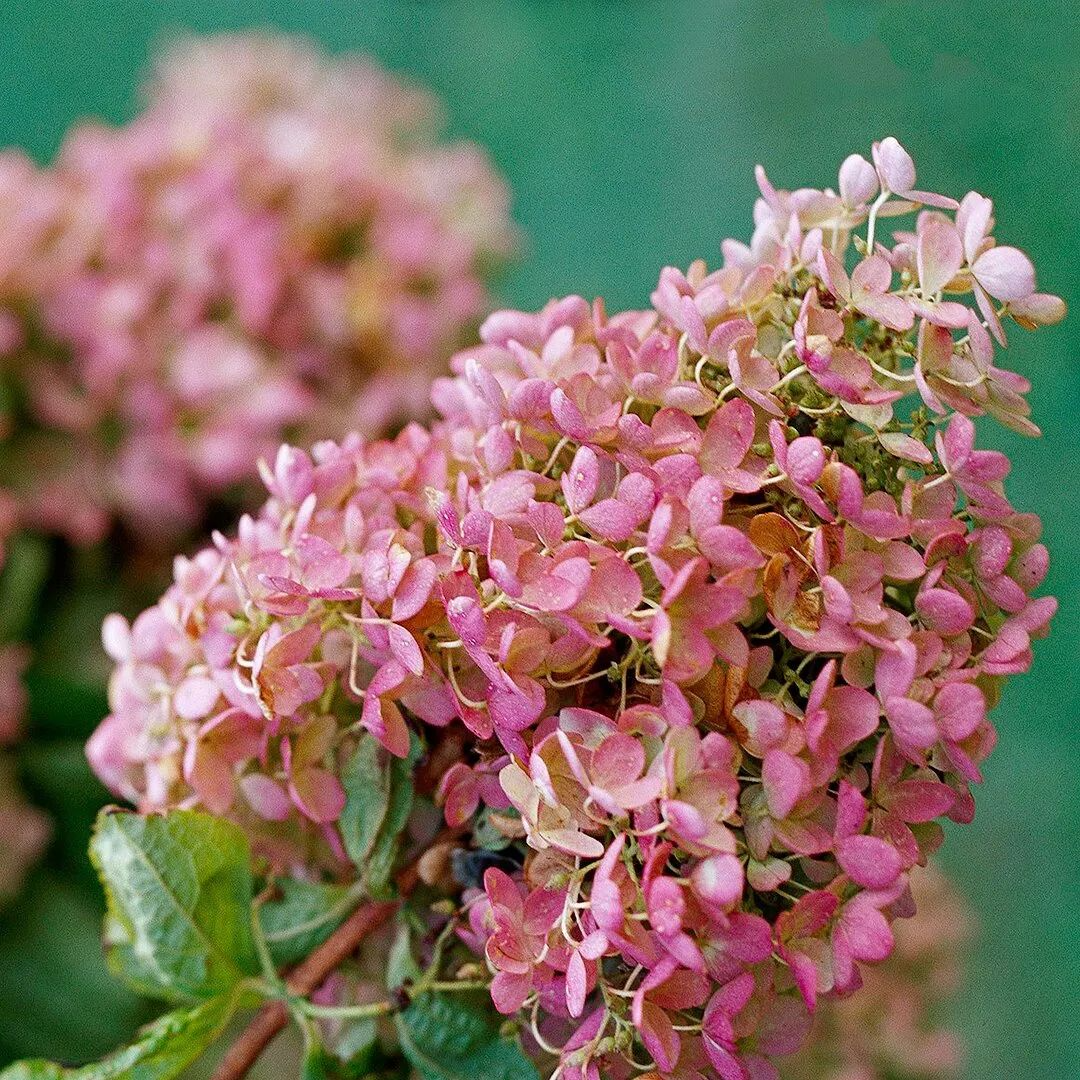
10. Hydrangea
Josie : Not all hydrangea varieties prefer shade. Panicle hydrangeas need sun to produce their best flowers. Some of the best panicle hydrangea varieties include ‘Snow Melissa,’ ‘Vanilla Strawberry,’ and ‘Matcha.’
Qiong Ling: Not all hydrangeas are suitable for growing in the shade. Panicle hydrangeas need full light to bloom. Some tall panicle hydrangea varieties include Limelight, Little Lime, and Vanilla Strawberry.
原文:Not all hydrangeas grow in the shade. Panicle hydrangeas (Hydrangea paniculata) need sun for best flowering. Some top panicle varieties include 'Limelight', Little Lime, Vanilla Strawberry, and Bombshell.

11. Fall Cleanup
Josie Yuting : Don't do everything clean in the fall. Leave ornamental grasses and perennial flower spikes for beauty, such as purple coneflowers, for birds to eat. Avoid pruning hardy perennials, such as chrysanthemums, to increase their chances of surviving a harsh winter.
Qiong Ling : Don't clean up your garden too much in the fall. Leave ornamental grasses and perennials with seeds at the top, such as echinacea, for beauty to feed birds. Avoid pruning slightly hardy perennials, such as garden mums, to keep them safe over the winter.
原文:Don't clean up everything in your garden in fall. Leave ornamental grasses for beauty and the seed heads of perennials such as coneflowers to feed the birds. Avoid cutting back marginally hardy perennials, such as garden mums, to increase their chances of surviving a harsh winter.
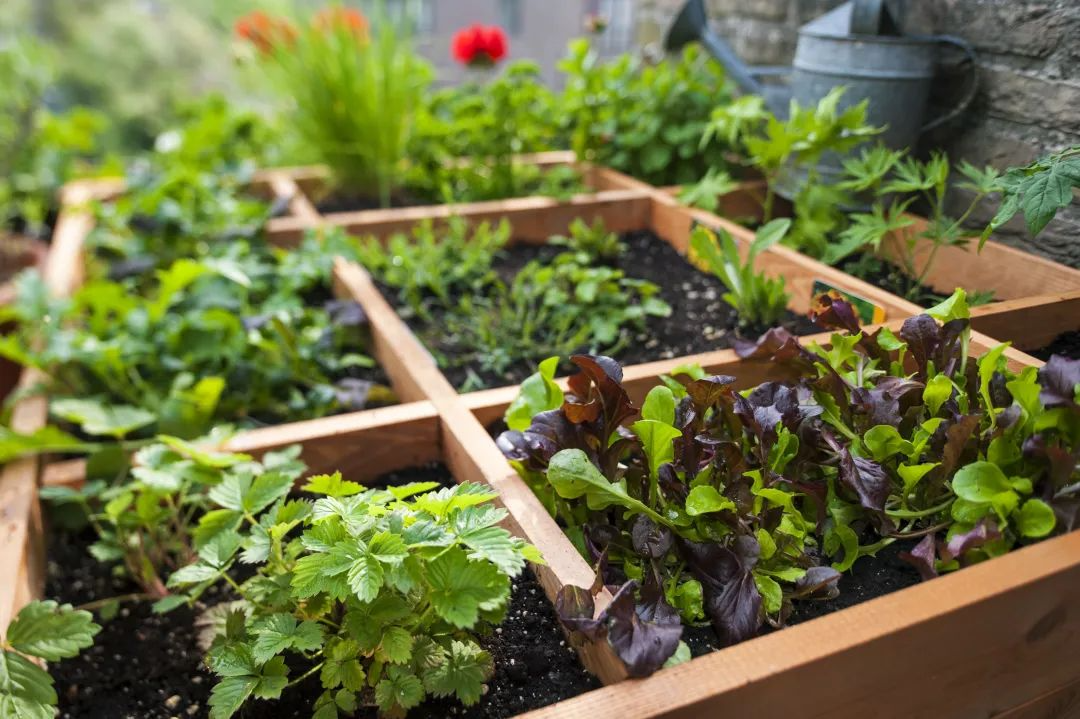
12. Vegetable Garden
Yuting Josie: Tips for growing vegetables: The best temperature for ripening tomatoes is 20-25 degrees Celsius. Above 30 degrees, it is too hot and the plant cannot produce lycopene and carotene, the pigments that give the fruit its color. If the temperature is below 10 degrees, the green fruit will not ripen. Fruit that has already changed color can be brought indoors to complete ripening.
Qiong Ling: Vegetable planting tips: The best ripening temperature for tomatoes is 68-77 degrees Fahrenheit (20 degrees Celsius to 25 degrees Celsius). 85 degrees Fahrenheit (about 29.4 degrees Celsius) is too hot for the plant to produce lycopene and carotene, which are mainly pigments for fruit coloring. Once the temperature is below 50 degrees Fahrenheit (10 degrees Celsius), the green fruit cannot mature. But a tomato can mature as long as it has a slight color change.
原文: Vegetable gardening tip: The optimal temperature for ripening tomatoes is between 68-77 degrees F. And at 85 degrees F, it's too hot for the plants to produce lycopene and carotene, the pigments responsible for the fruit color. Once temperatures consistently drop below 50 degrees F, green fruits will not ripen. Tomatoes that have a bit of color change can be brought inside to finish ripening.
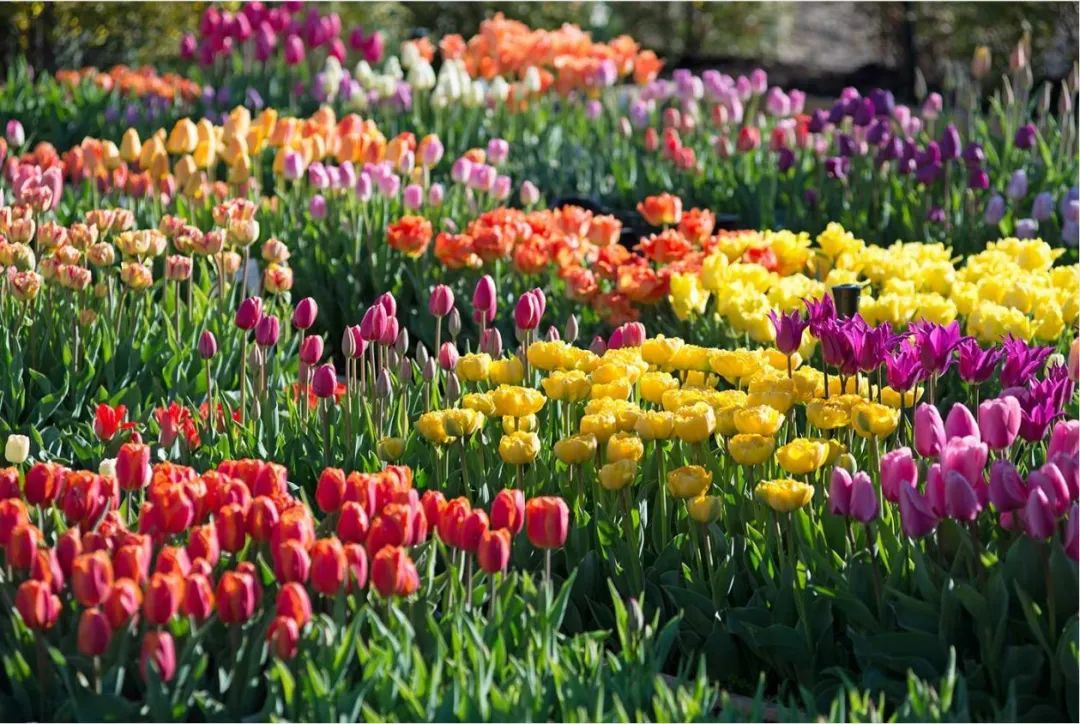
13. Spring bulbs
Josie : Plant spring-flowering bulbs, such as tulips, daffodils, crocuses, and impatiens in the fall, before the ground gets hard to frost. Generally, plant holes two to three times deeper than the bulbs.
Bells : When planting spring flowering bulbs, such as tulips, daffodils, crocuses and hyacinths, the bulbs are usually placed in a hole about 2-3 times the depth of the bulb.
原文:Plant spring-blooming bulbs, such as tulips, daffodils, crocuses, and hyacinths, in the fall before the ground freezes. In general, place the bulb in a hole that's two to three times the depth of the bulb.
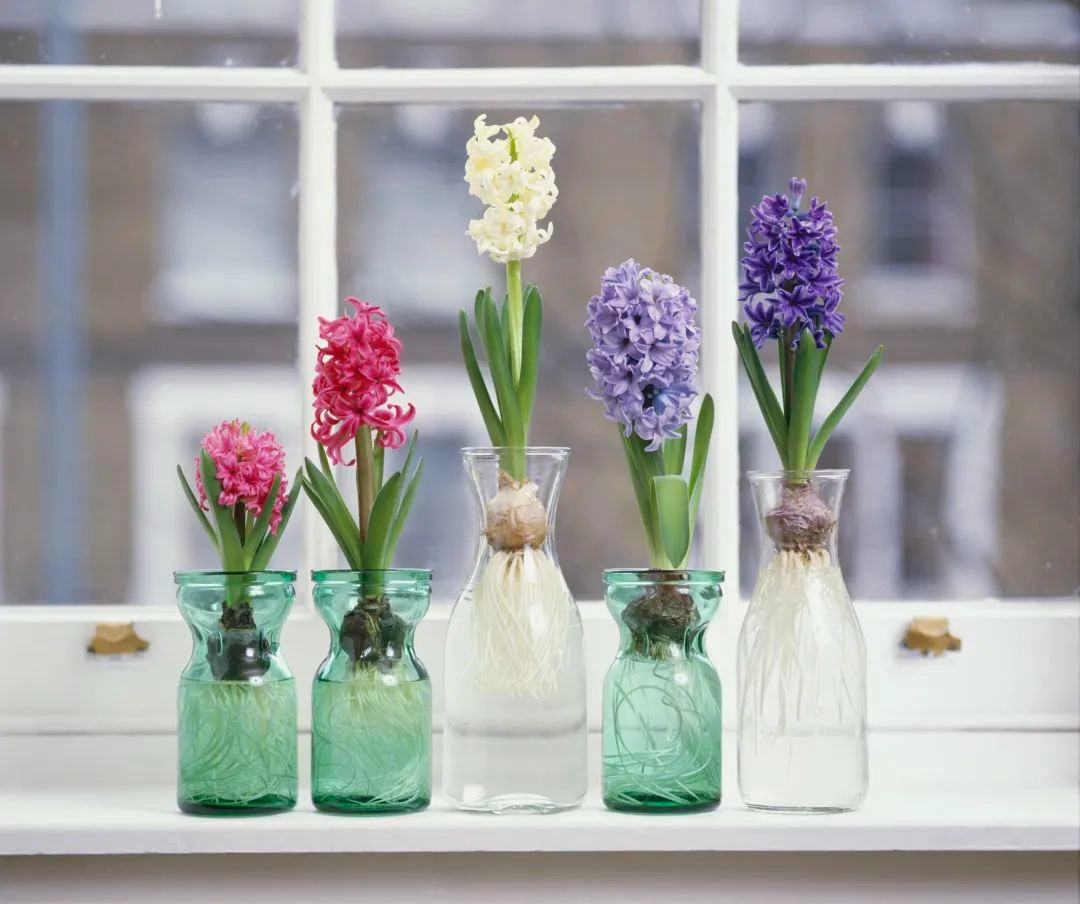
14. Flower bulbs
Josie Yuting : In order to save energy for bulbs instead of producing seeds, the bulbs that bloom in spring need to be deflowered. When the leaves turn brown, gently remove them. The nutrients for the bulbs to bloom next year are stored in the leaves. Weaving or tying leaves is not recommended because it will reduce the light on the leaf surface.
Bells : Spring flowering bulbs that feed the bulbs instead of producing seeds. Leave the leaves until they begin to wither, then they can be easily removed by pulling them out. These leaves store nutrients for the bulbs to bloom next year. Braiding or knotting the leaves of the plant is not recommended because it reduces the surface area where light reaches the leaves.
原文:Deadhead spent flowers on spring-blooming bulbs so the plants send energy to the bulbs instead of into making seeds. Leave the foliage until it turns brown and can be removed with a gentle tug. The leaves store nutrients needed for the bulb to bloom the following year. Braiding or tying the leaves is not recommended because it reduces the amount of light to the leaf surfaces.
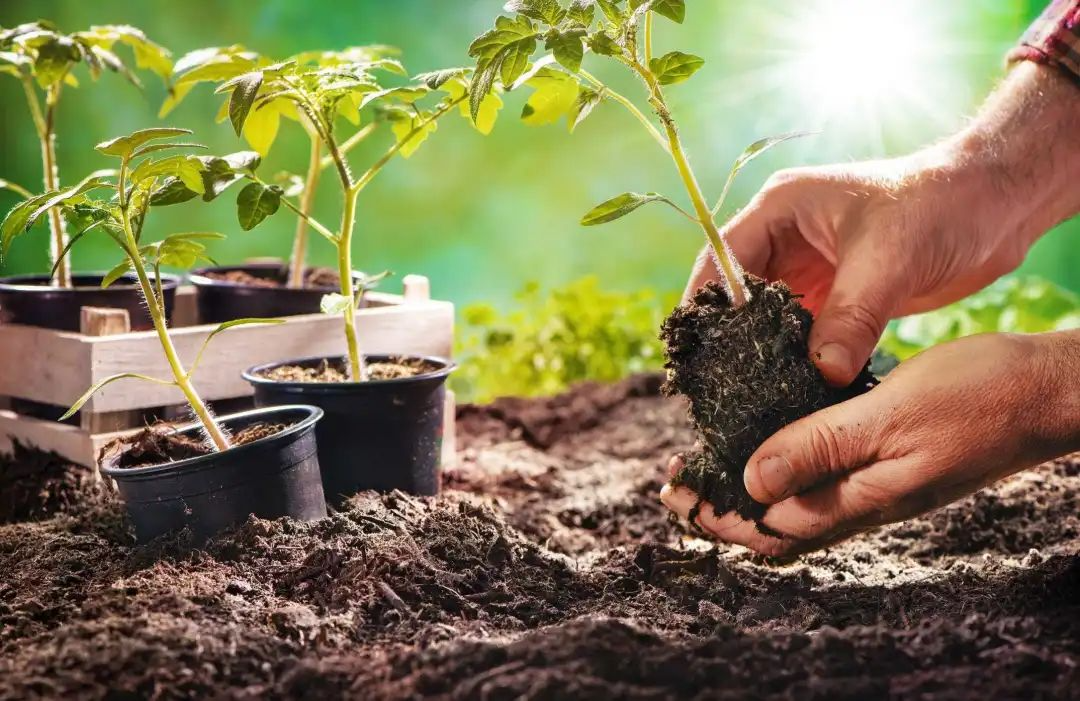
15. Fertilizer
Josie Yuting : Fertilizer is not the key; the quality of the soil is the most important. Add organic materials such as compost and well-rotted manure to the soil. Good soil has a loose structure, is easy to dig, accepts water easily, and provides oxygen for the roots. If you choose to use fertilizer, use an organic fertilizer that adds nitrogen, phosphates, and potash.
Qiong Ling : Chemical fertilizers are not the answer to perfect plants, the quality of the soil is. Improve the soil by adding organic matter, such as compost and fully decomposed manure. The best soil structure is loose, easy to dig, permeable and breathable. If you choose to use chemical fertilizers, use organic fertilizers with added nitrogen, phosphorus and potassium.
原文:Fertilizer is not the answer to growing the best plants; soil quality is. Add organic amendments such as compost and well-aged manure to your soil. The best soil structure is crumbly, easy to dig, accepts water easily, and offers oxygen for plant roots. If you choose to use fertilizer, use an organic one to add nitrogen, phosphate, and potash.
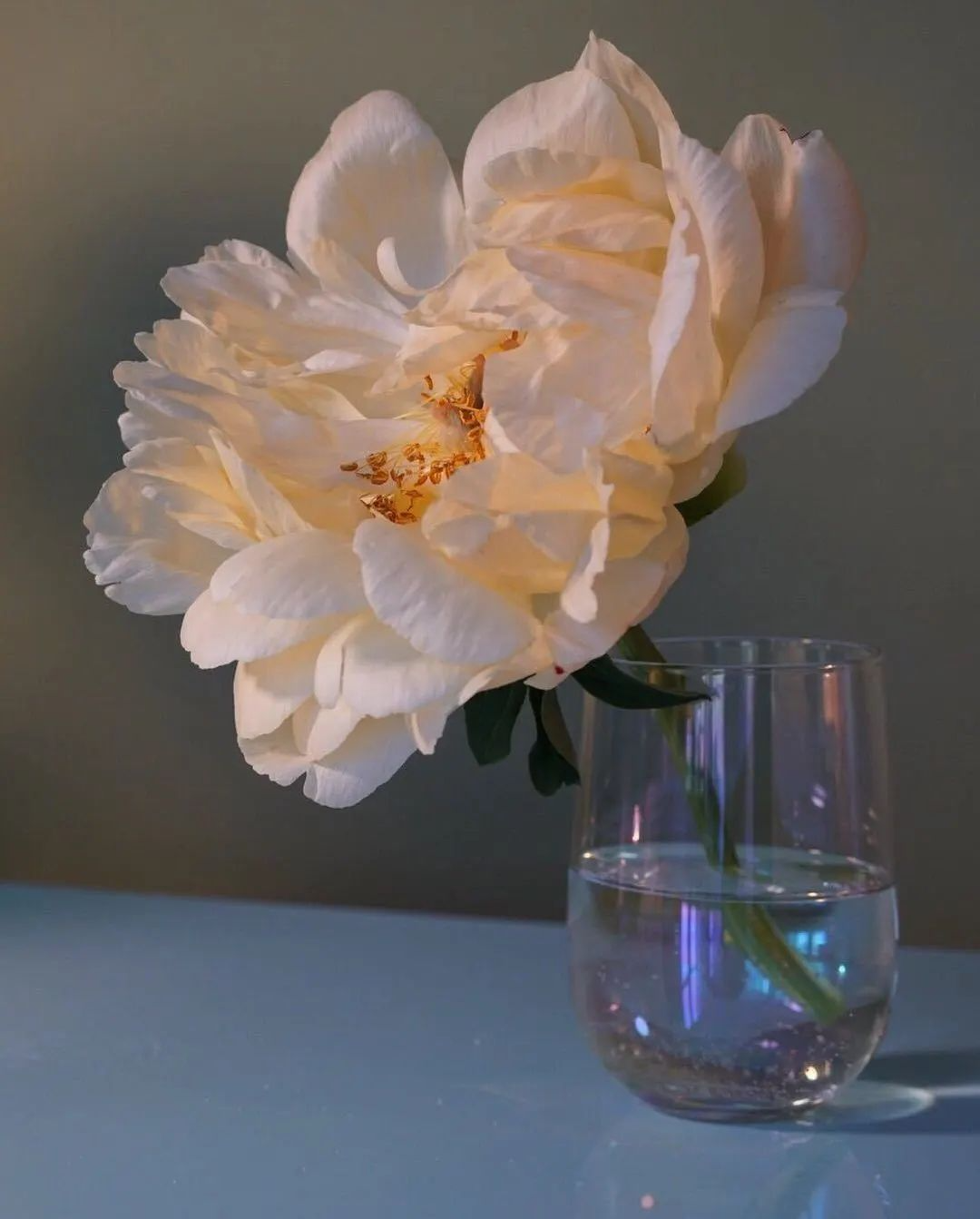
16. Division & Transplantation
Josie Yuting : Late summer or early fall is a good time to divide and transplant spring-flowering perennials. Common perennials that are divided are irises, peonies, hostas, and daylilies.
Bells : Late summer or early fall is a good time to divide and transplant spring-flowering perennials. The most common are irises, peonies, hostas, and daylilies.
原文:Late summer or early autumn is the best time to divide and transplant spring-blooming perennials. The most commonly divided perennials are irises, peonies, hostas, and daylilies.
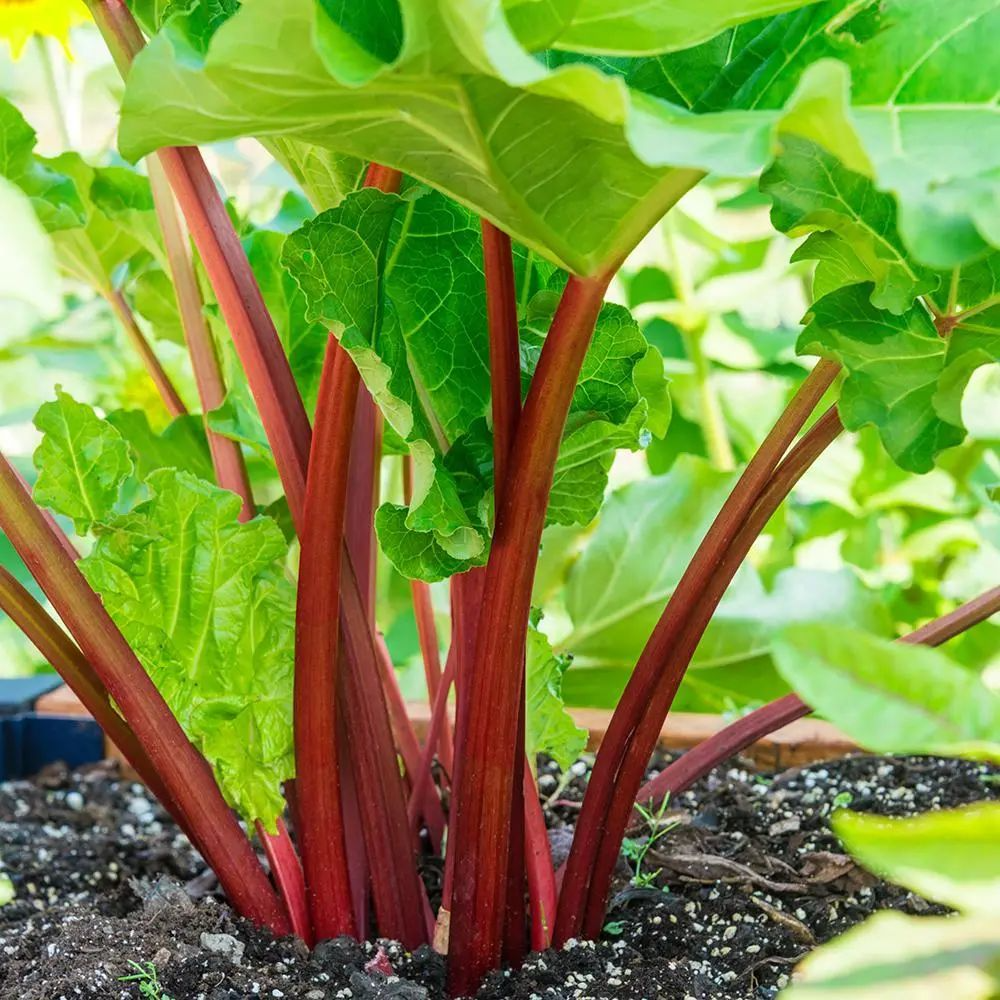
17. Rhubarb
Josie Yuting : If your rhubarb (Rheum rhabarbarum) sprouts receptacles, remove them to focus on leaf production rather than seed production.
Qiong Ling : If your rhubarb has flower stalks, remove them so it can focus on growing leaves instead of seeds.
原文:If your rhubarb sends up flower stalks, remove them so the plant will focus on foliage production, not seed production.
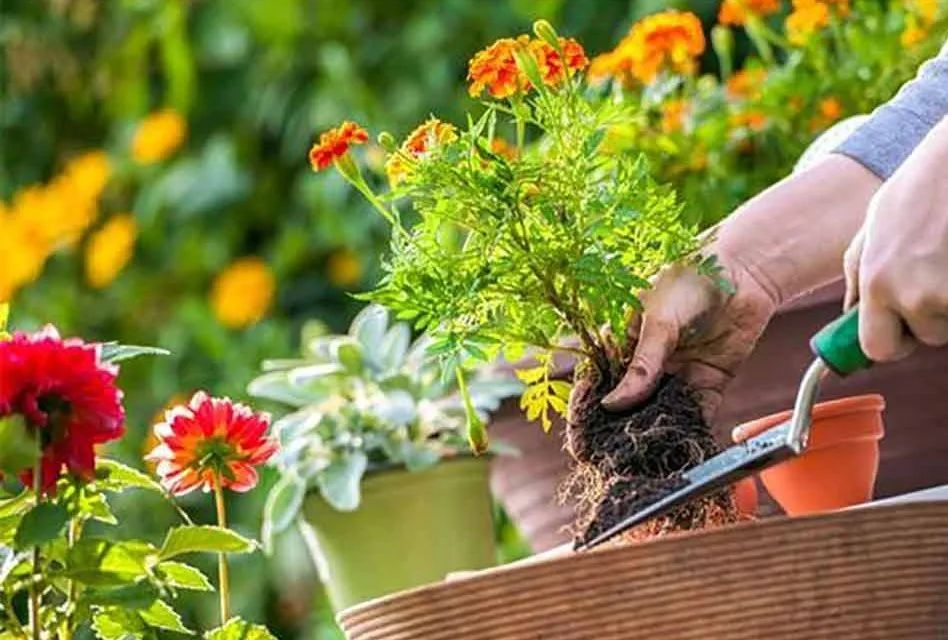
18. Repotting
Yuting Josie : When repotting, in order to help the roots form, you should dig a hole larger than the root ball.
Qiong Ling : When transplanting potted plants, dig a hole that is slightly larger than the plant's soil ball to help rooting.
原文:When transplanting container-grown plants, dig a hole larger than the soil ball of the plant to aid with root establishment.
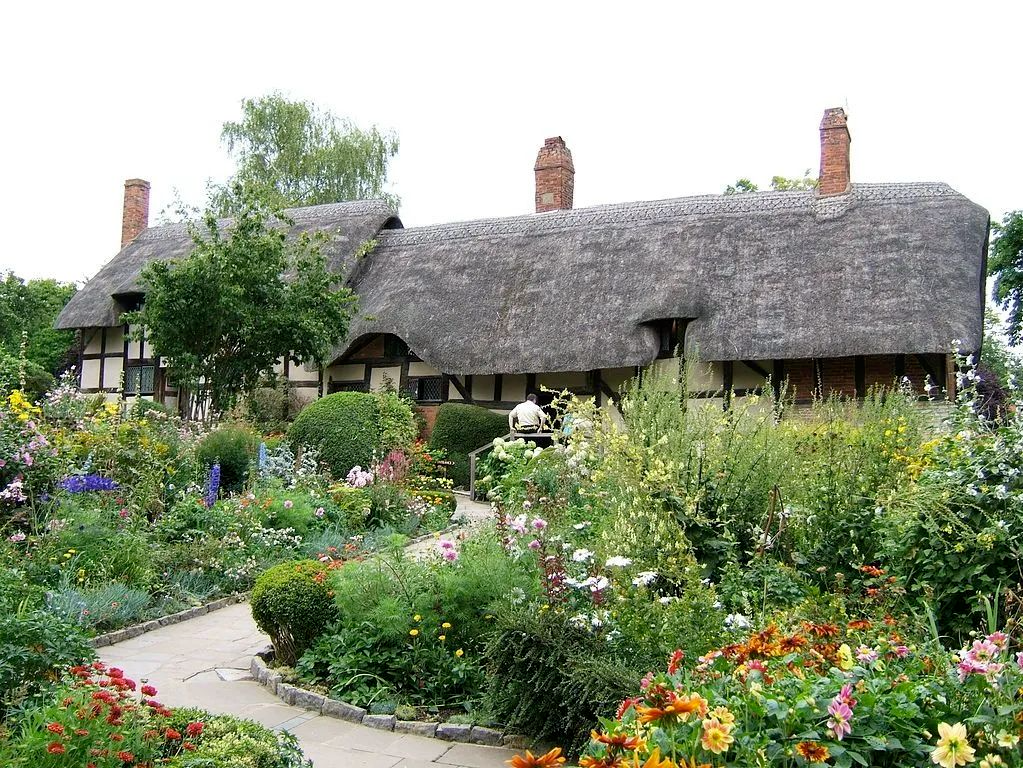
19. Potatoes
Josie Yuting : Store potatoes in a deep pile in total darkness. The skin of potatoes facing the sun will turn green, indicating that the potatoes have produced a colorless alkaloid called solanine, a very bitter toxin that can make you sick if you eat too much. Cut off the green parts or sprouts to avoid this problem.
Qiong Ling : Pile your potatoes deep in the soil and store them in a completely dark place after harvest. The skin of potatoes turns green when exposed to sunlight, and potatoes produce a colorless alkaloid called solanine, which is a slightly bitter toxin. Excessive consumption can cause illness (causing poisoning). Cut off the green parts of the potatoes or the sprouts to avoid problems.
原文:Mound your potato plants deep under the soil and store harvested potatoes in complete darkness. Exposure to light turns the skin of potatoes green, an indication that the potato has produced a colorless alkaloid called solanine, a bitter-tasting toxin that, consumed in large quantities, can cause illness. Cut away any green portions or sprouts on potatoes to avoid the problem.
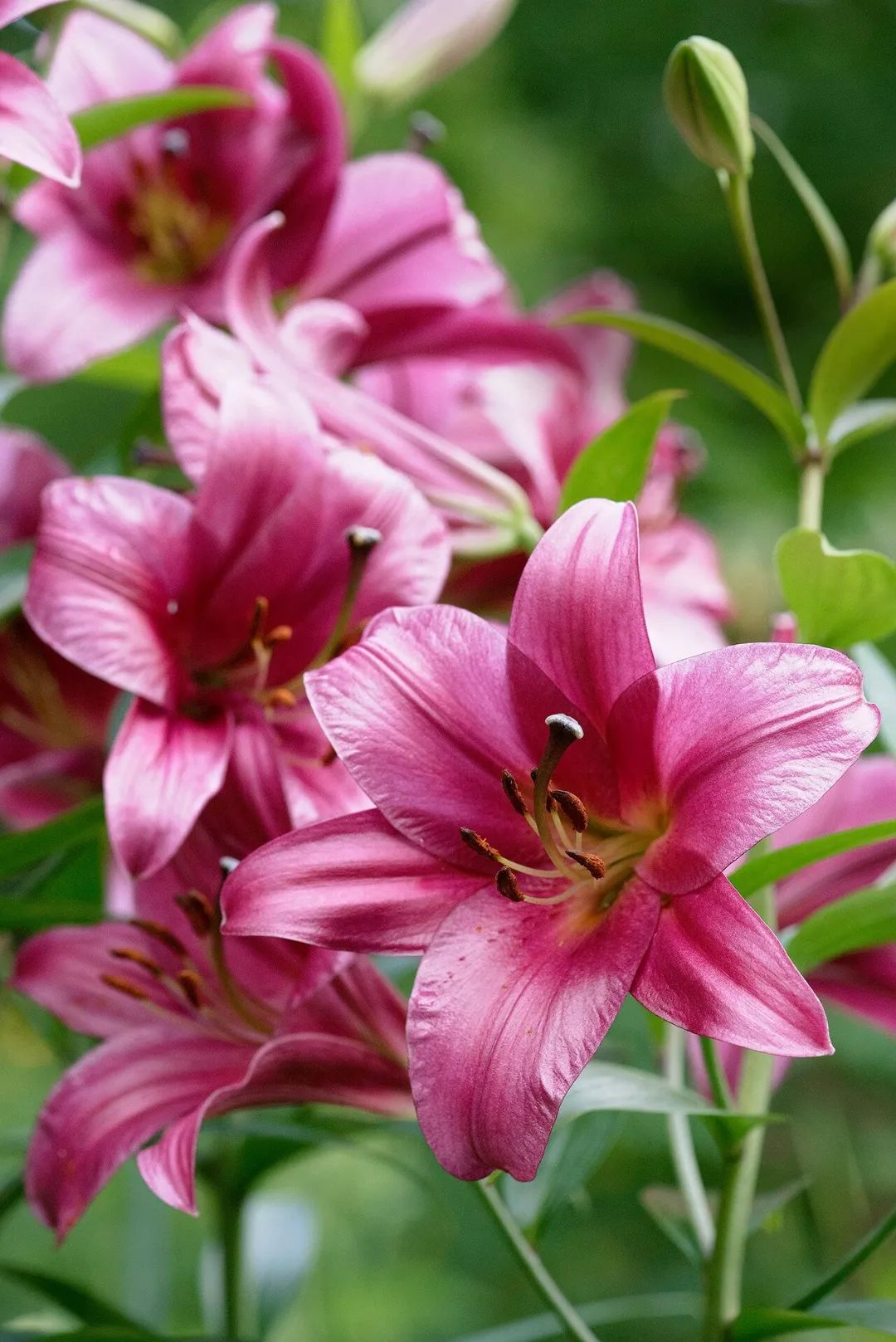
20. Watering
Josie Yuting : To grow best, most ground garden plants need 3-5 cm of water per week. If it doesn't rain enough, instead of watering every day, it's better to water deeply once a week. Frequent, shallow watering can only moisten the soil above, and the plant's roots cannot grow deeper there.
Qiong Ling : Many garden plants grow better with one to two inches of water per week. If there is not enough rainfall, water thoroughly once a week instead of watering lightly every day. Often shallow watering only wets the surface of the soil, which causes the plant's roots to take root shallowly on the surface and not deep into the soil.
原文:Most in-ground garden plants grow best with 1 to 2 inches of water per week. If not enough rain falls, water deeply once a week instead of watering lightly daily. Frequent, shallow watering only moistens the top layer of soil and encourages the plant's roots to move there instead of growing deeper.
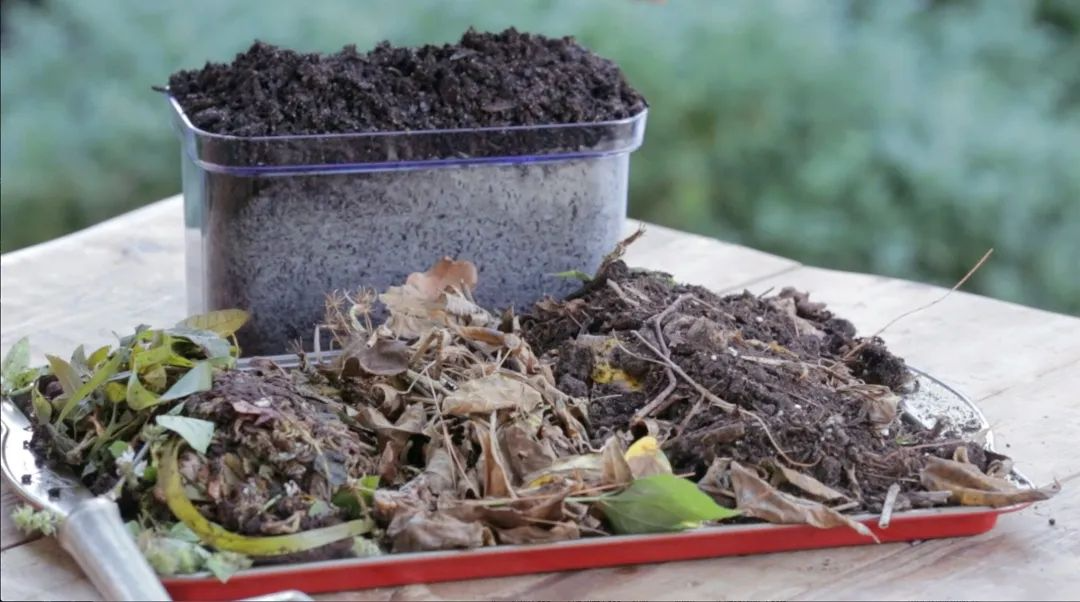
21. Autumn leaves
Josie Yuting : Don't waste the leaves in the fall! Pick the leaves and use them as compost. Crush the leaves to nourish the lawn. After a few cold frosts, when the plants are dormant, you can also put 8-16 cm of leaf mulch on the tender perennial roots to keep them dormant during the winter. Remove the mulch in the spring.
Qiong Ling : Don't clear all your fall leaves. Chop them up and use them as compost material. Shredded leaves can be used to nourish the lawn. After a few hard freezes, when all plants are completely dormant, you can use 3-6 inches of shredded leaves as mulch to keep perennial plants warm and help them dormant, and then remove the mulch in the spring.
原文:Don't send your fall leaves away! Chop them up and use them as compost ingredients. Pulverized leaves can be left to nourish the lawn. After several hard freezes, when plants have gone completely dormant, you also can use 3-6 inches of shredded leaves as mulch over tender perennials to keep them dormant over winter. Remove the mulch in spring.
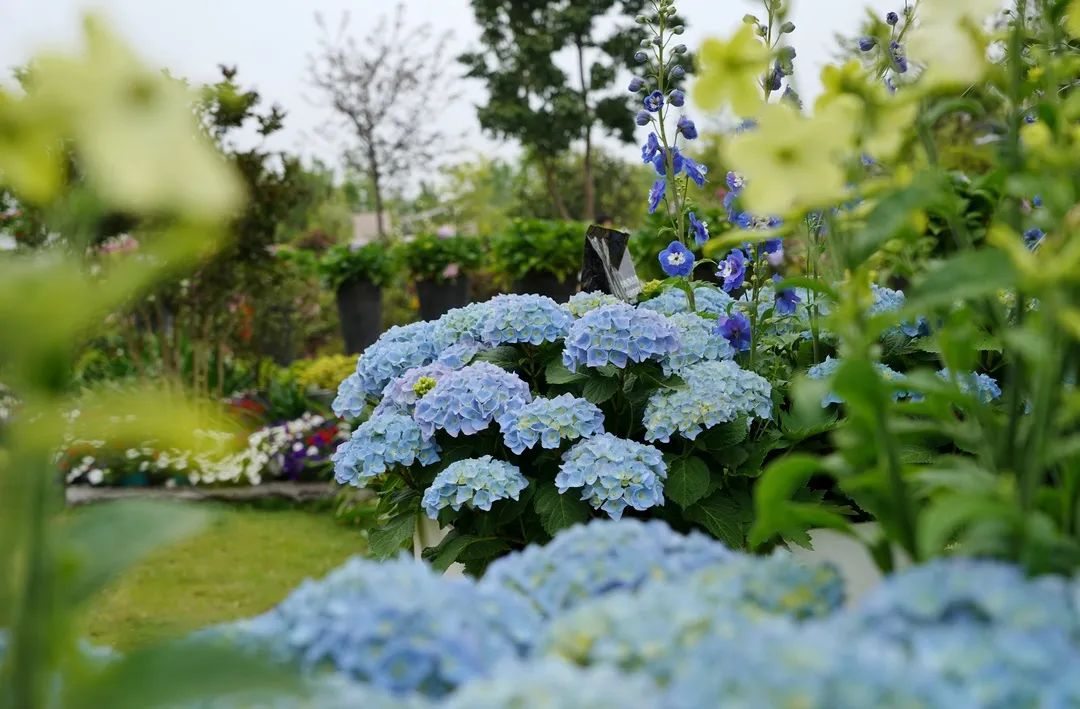
22. Soil
Josie : Avoid planting when the soil is very wet; movement can easily damage the soil structure. If you want to plant, wait until the soil is loose and does not form a ball in your hand (it does not need to be very dry).
Chiung Ling : Avoid digging or planting in wet soil; this will disrupt the soil structure. Wait until the soil becomes loose or cannot be balled up with your hands before digging or tilling.
原文:Avoid digging or planting in wet soil; working it damages the soil structure. Wait until the soil is crumbly and no longer forms a ball in your hand (it doesn't have to be bone-dry) to till or dig.
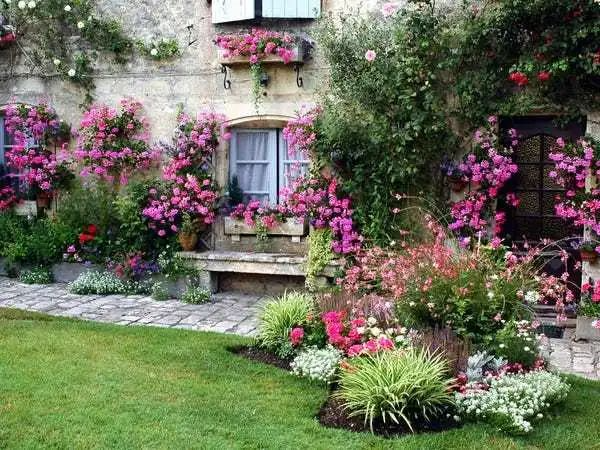
23. Drainage
Josie : Understand the drainage of your soil. Roots need oxygen. If your soil is always wet, there is no space for the roots to thrive. Many plants prefer soil that has runoff, so amend the soil with organic matter.
Qiong Ling : Understand the drainage of your soil. Roots need oxygen. If your soil is completely wet, the roots cannot grow without air. Many plants like soil with good air permeability, so use organic matter to improve your soil and improve soil quality.
原文:Understand your soil's drainage. Roots need oxygen, and if your soil is consistently wet, there are no air pockets for the roots to thrive. Many plants prefer well-drained soil, so amend your soil with organic materials to improve the soil quality.
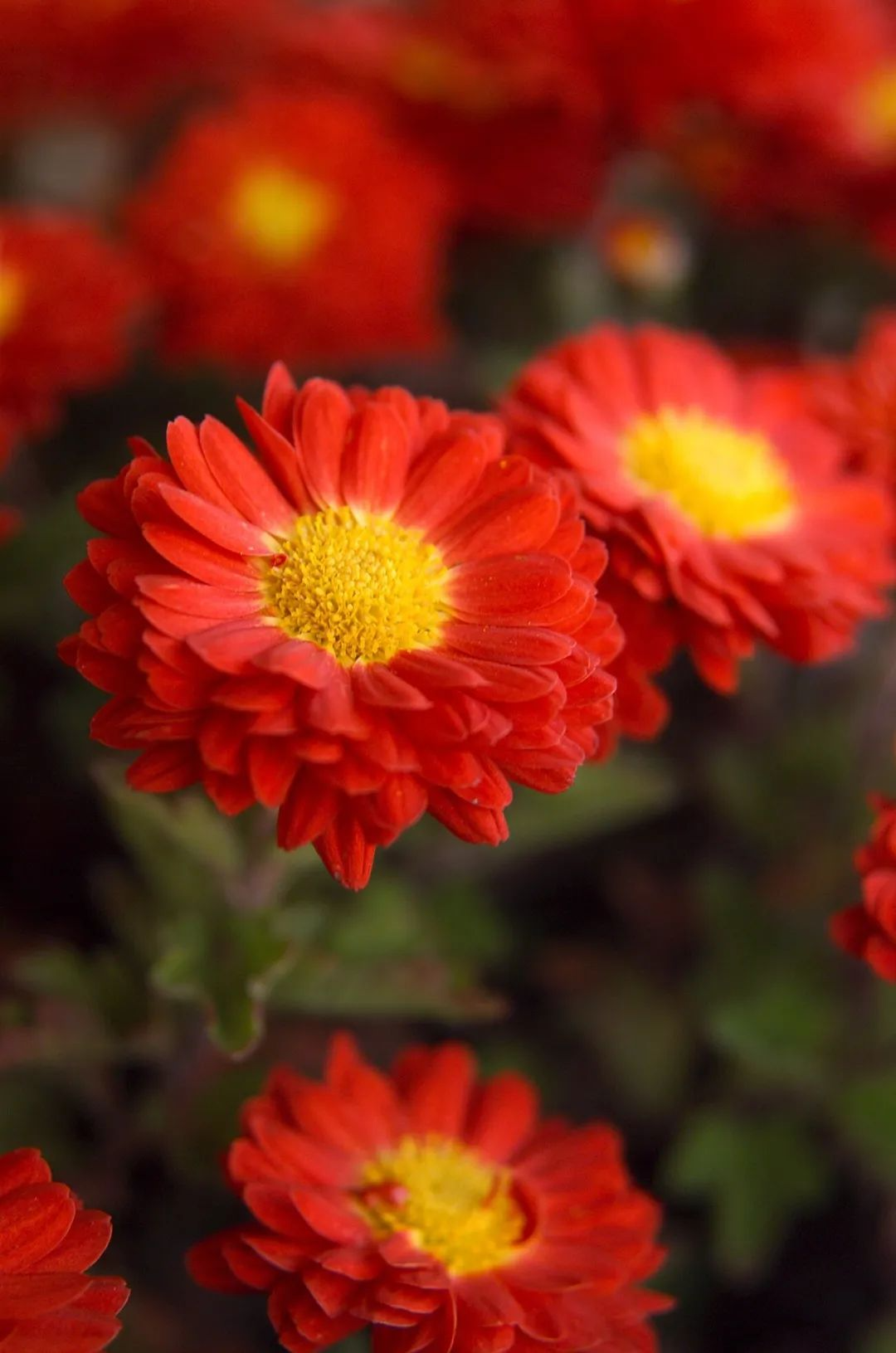
24. Lighting
Josie Yuting : Some plants are sensitive to the length of light when flowering. Chrysanthemums, poinsettias, strawberries, etc. need long nights to produce flowers. If the temperature is 1.6-30 degrees, choose "day neutral" varieties (no relationship with daylight length) if you want to fruit.
Bells : Some plants bloom based on the length of the day. Chrysanthemums, poinsettias, and strawberries, among others, need long nights to bloom. If you want your strawberries to bloom and fruit between 35-85 degrees Fahrenheit, choose a variety that grows in a balanced range.
原文:Some plants flower in response to day length. Chrysanthemums, poinsettias, strawberries, and others need long nights to produce flowers. If you want strawberries that flower and produce fruit when temperatures are between 35 degrees F and 85 degrees F, choose a variety labeled 'day-neutral.'
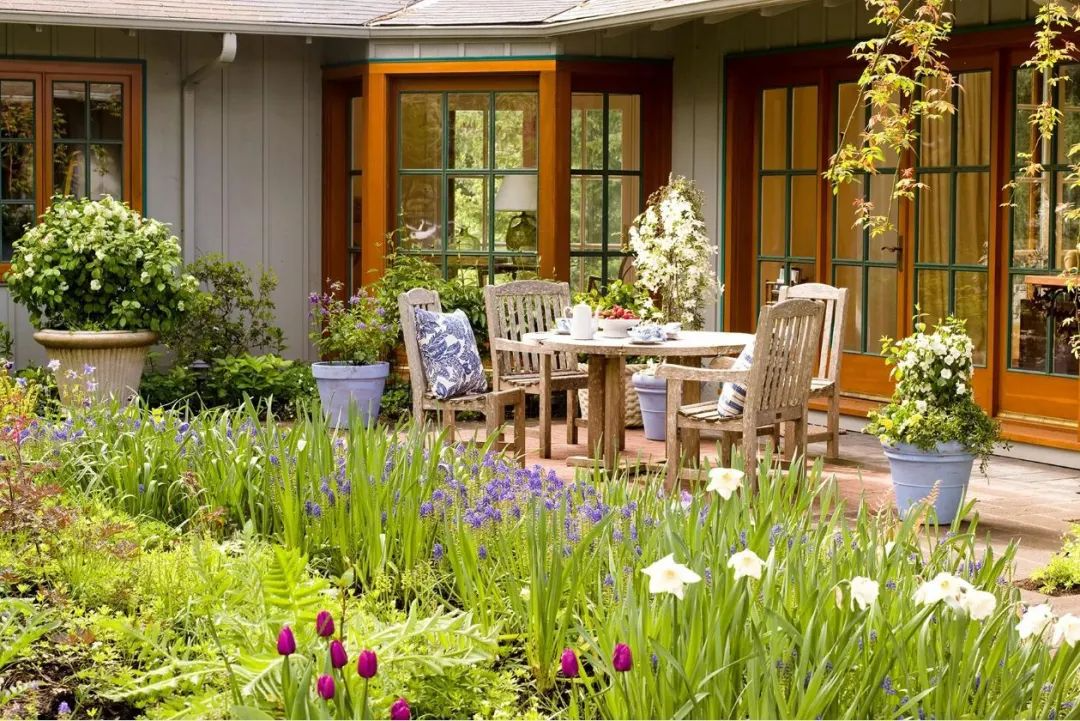
25. Walnut Tree
Josie Yuting : The roots of walnut trees produce a substance called "juglone" that is toxic to many sun-loving garden plants, including tomatoes and potatoes. (Black walnuts do not affect many shade-loving garden plants.) Staying 15-25 meters from a mature tree is still in the toxic zone. If you compost walnut leaves and walnuts, the juglone compound will enter the compost.
Qiong Ling : Walnut roots produce a substance called juglone, which is toxic to many sun-loving garden plants, including tomatoes and potatoes (black walnut is harmless to many shade plants.) Mature trees are toxic from the trunk to 50-80 feet away. If you compost walnut leaves and berries, the juglone chemical will get into your compost.
原文:The roots of walnut trees produce a substance called juglone that is toxic to many sun-loving garden plants, including tomatoes and potatoes. (Black walnuts do not harm many shade-loving plants.) The toxic zone from a mature tree can be 50-80 feet away from the trunk. And the juglone chemical can get into your compost if you compost walnut leaves or nuts.